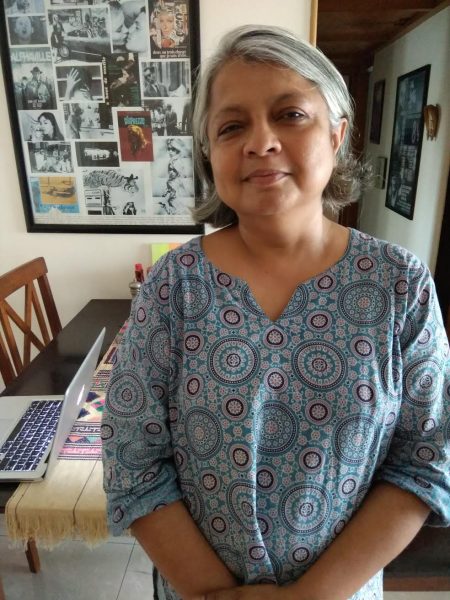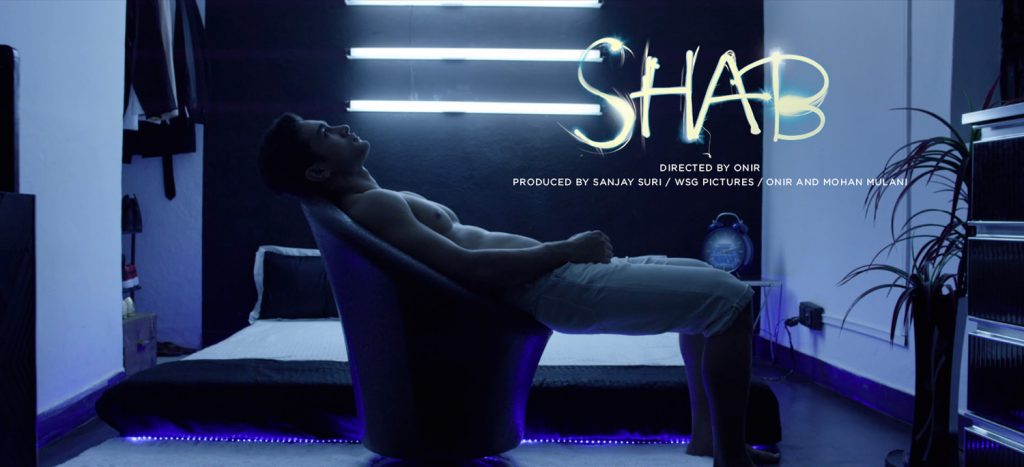A lot of my relatives and friends ask me what my job as an editor entails. It’s somehow easier for them to understand that a cinematographer records images with a camera, that a sound recordist records audio, that a director says ‘action, and ‘cut’ … but the editor? I try to explain that films are not shot in sequence and that we editors string the shots and scenes in a sequence so that the film tells the story that it is meant to. I have a feeling they think it’s an easy job. But if I tried telling them that an editor has to often choose between two takes after weighing so many details that no one else apart from the director is possibly aware of, they wouldn’t understand how tough that sometimes is. And if I told them the editor’s real work begins once the scenes have been assembled together as written and shot, they would probably not fathom what I’m trying to say.
Editing is also about re-editing, about watching that edit and then realizing that you’re almost there, but not quite… Maybe another round of talking things through, arguing things out, more agreements and disagreements… And finally it all falls into place. The four frames that you added at the end of a shot, that cut that you sharpened, that half-smile of a character – no one notices those, but they help make a film richer. The rhythm, the pace, the layers and how they unravel, the story that unfolds, the emotions they invoke… and when this happens, it gives so much joy to the editor. Onir and I felt this joy at the end of the journey of editing Shab.
Shab is a special film for Onir because it was the first script he’d written. It went through many revisions and phases of being in limbo, but he always wanted to make it. It finally got revived after being selected for NFDC Screenwriters’ Lab. This story deals with urban loneliness and is set in Delhi where we follow the paths of our characters through the passage of seasons. While spring is about hope and new beginnings, the monsoon drowns and overwhelms but also cleanses; while autumn is mellow, the winter is bleak but beautiful. The task was to amalgamate the graph of the mood graph and the story arc together. The film is a tableau with multiple characters who’ve come to Delhi for different reasons, who are at different points in their lives and whose stories get intertwined. Multiple stories are tough to edit as they can confuse the viewer if too many characters are introduced right at the start and too much information is imparted right away. It is also important to balance the stories, and connect them as seamlessly as possible. What we did was to ease in each character’s story bit by bit so as to keep the interest and tension in the stories constant. The idea was to keep unraveling a bit more and engage the viewer more and more as the characters live their lives and the film moves forward with their paths crossing and getting entangled with each other.
The challenge while editing is also to let go. To let go of scenes that don’t work is easy. But to let go of scenes that have been written and shot with much love and have come out well is tough. Yet, sometimes those scenes seem extraneous in the final flow of the film and have to go. To remove scenes that the editor has fallen in love with is even tougher because the editor too is human and doesn’t always bring the requisite objectivity to the editing table. This is where it really helped to have a co-editor and while the director isn’t always capable of ruthlessness and objectivity, I think Onir worked very hard to do just that as my co-editor. The edit took a fairly long while as we struggled to find the perfect narrative flow, and I wasn’t always able to be with Onir when he was working on the final cut. He’d keep me in the loop, and I would watch the fresh changes as soon as I could. At this stage, I could now be suitably detached and get a sense of exactly how we needed to lock the edit. So, in a way, editing Shab was a two-tiered process. One, where I was more actively the editor and Onir was reacting to what I was doing. And later, as we fine-tuned the cut, I was often the bouncing board while he was the hands-on editor. It helped that he’s also an editor and that we have a near-perfect working relationship.
The end result is a happy one for me. I hope the audience likes it too.



